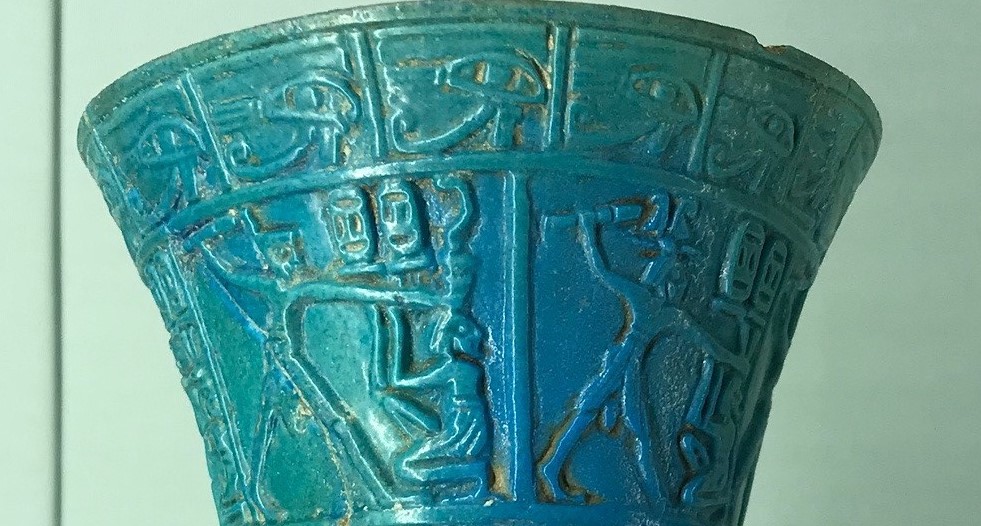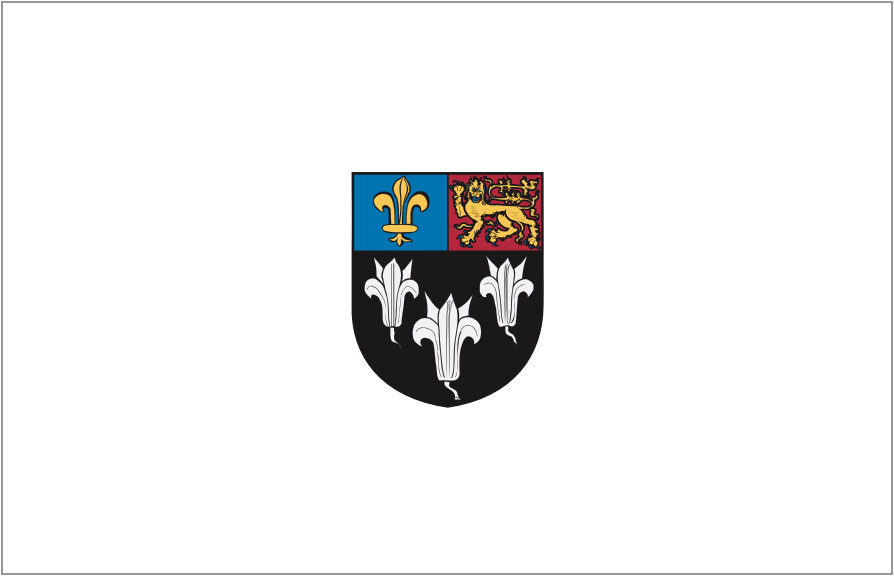For those who find themselves square pegs confronted with only the roundest of holes, the example of the poet Shelley offers reassurance that the way to greatness does not lie along the paths of compliance and conformity. Unhappily, however, his reputation as one of the greatest Romantic poets did not evolve until after his premature death in a sailing accident.

https://catalogue.etoncollege.com/object-fda-e-1119-2014
Percy Bysshe Shelley (1792-1822) moved to Eton in 1805, at the age of thirteen, where he evidently cut a remarkable figure even then. Writing in the Athenaeum of 1848, W.H. Merle recalls him as ‘a boy never to be forgotten. He stood apart from the whole school [. . .] I will venture to say that there is not a man of them living who does not remember Shelley for his wild and marked peculiarity.’ It seems that the young Shelley was endowed with an insatiable and wide-ranging intellectual curiosity, and had little time for the sporting and other activities of adolescent boys. Sadly, this made him something of a target for bullies and he was popularly known as ‘Mad Shelley’ because of his angry response to their ‘Shelley baiting.’
His later friend and fellow-poet Thomas Love Peacock records that ‘Shelley often spoke to me of Eton, and the persecutions he had endured from the elder boys, with feelings of abhorrence which I never heard him express in equal degree in relation to any other subject, except when he spoke of Lord Chancellor Eldon.’ (Eldon had denied Shelley custody of his children following the suicide of his first wife, Harriet.)
His refusal to be involved in the system of ‘fagging’ (where younger boys effectively acted as servants to their seniors – common practice in the public schools of the time) was a mark of his willingness to stand apart from the crowd, in a closed environment, where the pressure to conform would have been significant.
Despite, and perhaps because of his precocious intellect, Shelley undoubtedly posed a challenge for those responsible for his education: his instincts were to pursue his own interests, and his fascination with science produced some undesirable results. It is reported that his tutor, the apparently uninspired Rev. George Bethell, discovered his charge in his room in the act of ‘producing a blue flame. When asked what he was doing he said he was raising the devil. Mr Bethell in alarm seized some contraption on the table and received a powerful electric shock.’[1]
Even W.H. Merle, who recalled him with both affection and admiration, concluded:
He saw much, but dimly – yet was too proud to lean upon a guide. He felt that knowledge is power – but paused not to reflect that both are dangerous when applied in ignorance. No wonder that he all but blew up his tutor’s house in boyhood, and his own fortunes when a man.[2]
In his prelude to Laon and Cythna, the poetic voice asserts;
And from that hour I did with earnest thought
Heap knowledge from forbidden mines of lore;
Yet nothing that my tyrants knew or taught
I cared to learn, but from that secret store
Wrought linked armour for my soul, before
It might walk forth to war upon mankind;
Thus power and hope were strengthened more and more
Within me, till there came upon my mind
A sense of loneliness, a thirst with which I pined.
The prelude is often read as a reflection on the poet’s experience at school, and on his educational path towards political radicalism. It has also been pointed out, however, that Shelley, despite his interest in the ‘forbidden mines’ of science (which was not, then, taught at Eton) also attained proficiency in the core classical curriculum to the extent that his Latin versification was admired by his contemporaries.[3]
Shelley was not entirely friendless at Eton, and found a congenial mentor in Dr James Lind (physician to the royal household at Windsor), who shared his enthusiasm for the esoteric in science. Shelley himself acknowledged his wider importance: ‘ I owe to that man far, ah! Far more than I owe to my father; he loved me, and I shall never forget our long talks, where he breathed the spirit of the kindest tolerance, and the purest wisdom.’[4]
He entered University College, Oxford, in 1810 but was expelled along with his friend Thomas Jefferson Hogg, just two terms later, for the publication (or, technically, the refusal to deny publication) of a pamphlet entitled ‘The Necessity of Atheism.’ This was in direct contravention to their subscription to the Thirty-Nine Articles of the Church of England (Anglican religious conformity was then a condition of entry to the university.)
His later personal life was troubled and turbulent, and his prodigious gifts did not prevent his having feet of clay. It has to be said that one of the challenges presented by any evaluation of Shelley’s life is that his legacy and reputation were fiercely protected and curated by his second wife, Mary (author of Frankenstein), and thereafter by his daughter-in-law, Jane.

We are left with a partial narrative of the boy and the man, but his body of work leaves us a sense of his genius. Even University College eventually welcomed back their wayward alumnus, albeit posthumously, in agreeing to house his memorial sculpture. Here in Eton College, Shelley is immortalised in marble in the Museum of Eton Life, giving him a place of honour in the gallery of prominent Old Etonians.

By Marie Harrison, Museum Custodian
[1] ‘Shelley at Eton.’ The Eton College Chronicle no. 2513, November 16 1939 pp.841-2
[2] W.H. Merle, “Shelley at Eton.” The Athenaeum 1062 (1848): 244. Web. [accessed 17 August 2020]
https://ezproxy-prd.bodleian.ox.ac.uk:2186/docview/9198597/?pq-origsite=primo
[3] John Cordy Jeaffreson The Real Shelley: New Views of the Poet’s Life, Vol I (Hurst and Balckett, 1885)p.55
[4] Cooper, Thompson, and Patrick Wallis. “Lind, James (1736–1812), physician.” Oxford Dictionary of National Biography. May 28, 2015. Oxford University Press. Date of access 25 Aug. 2020, <https://ezproxy-prd.bodleian.ox.ac.uk:3030/view/10.1093/ref:odnb/9780198614128.001.0001/odnb-9780198614128-e-16670>



